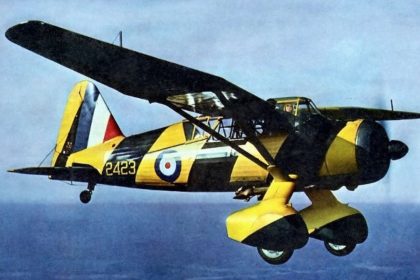“Vintage Aviation News staff did not write this article; the content comes via our partners who wish to help support our website.”
Changes to Delta Air Lines’ SkyMiles program were in September 2023, and they made it more difficult to accrue status and take advantage of benefits. Delta now awards status based on a single parameter, dollars spent, and increases the amount of spending necessary to get it rather than a mix of dollars spent and miles flown. To put it briefly, SkyMiles is now a big-spender program rather than a frequent flier program. These adjustments are so significant that a writer at The Points Guy, the biggest travel rewards website, said he would no longer pursue airline status.
Have Airline Companies Turned into Banks?
Airlines were subject to federal government regulation as public utilities from the late 1930s until the 1970s. Which airlines could fly which routes and at what price were determined by the Civil Aeronautics Board. It sought to determine rates that would provide airlines with a reasonable profit while still being reasonable for passengers.
Then, in 1978, a comprehensive bill was established by Congress that deregulated the aviation market and eventually eliminated the CAB. Freed from restrictions, airlines came up with innovative strategies to seize market share. Of them, American Airlines was the most assertive. It established low-cost “super saver” rates in the run-up to the deregulation legislation in order to sell the last few available seats on aircraft.
Because the flights were scheduled to take off whether or not all of the seats were occupied, this meant lower fares for last-minute customers and more income for AA. Business passengers, who often purchased tickets at a premium and longer in advance, were disgruntled by these prices. To provide customers with more perks, American created AAdvantage, its frequent flier club, in 1981. Other airlines used a similar strategy.
The Way Airlines Save Money
Airlines make up points and resell them to banks with co-branded credit cards for actual money. Banks give cardholders points for their purchases, while credit card companies profit from the fees charged when a card is used. Cardholders may use their points to purchase tickets and other products and services via the airlines’ online storefronts.
For the airlines, this represents huge savings. Until the points are redeemed, or until they are lost, they are not charged for them. Loyalty programs are now quite profitable thanks to this structure. Customers now charge Delta’s American Express credit cards alone for close to 1% of the US GDP. Moreover, if we take American Express at New Jersey casinos we will see that the owners of this card have problems in the field of gambling in NJ. After all, they can make a deposit, but they cannot withdraw funds. Wall Street lenders placed a higher value on the mileage programs offered by the main airlines than on the airlines themselves, according to a 2020 Financial Times research. For example, United’s MileagePlus program was valued at $22 billion, even though the company’s market capitalization was just $10.6 billion at the time.
Does this represent a decent value for American customers? That is a more difficult question. Redeeming points for a ticket or hotel stay may seem like a free bonus, but because credit-card swipe fees raise costs across the economy and Visa or Mastercard take a share of each transaction, using points is really more like receiving a little kickback. The system seems detrimental to Americans without point-earning cards.
“Vintage Aviation News staff did not write this article; the content comes via our partners who wish to help support our website.”























